How many blankets have you bought that turn out not to fit your horse at all? So, disappointed, you add another one to the pile of barely used blankets and set out to try to find a better one. Do you recognize yourself?
Choosing which blanket is best for you and your horse is not easy. There are endless options, all of which seem to be about the same. It is easy to just go by appearance, price and brands you recognize.
But the thing is, there are quite a few variables that can differ between different duvets. With greater awareness of what factors can vary and what options you have, you can reduce the risk of buying the wrong duvet.
Here you can see all our rain & winter blankets . If you scroll to the bottom of the box you can see a comparison of the blankets in the range.
Below are some tips that we hope you will find useful the next time you buy a horse blanket.
Functional aspects that need to be considered include:
•Watertightness
Water column is a measure of how waterproof a material is and is measured in millimeters. Horse raincoats, like rainwear, usually have a 3000 or 5000mm water column, with 5000 being better at resisting moisture. A fabric that has a 2000mm water column is water-repellent but not waterproof.
To effectively repel moisture, the seams in the blanket need to be taped so that water does not penetrate there.
•Breathability
The fabric's breathability is important. Fabrics that breathe well and release excess heat and moisture from the inside provide the conditions to avoid getting wet from the inside, from sweat, to the greatest extent possible. The breathability is measured in grams/square meter, or MPV.
5000MVP is a common value for a duvet with good breathability.
•Abrasion resistance
Abrasion resistance means resistance to wind, wear and tear on surfaces and branches, bites from other horses and other trials that the blanket may have to endure. It is based on how thick the outermost polyester layer is, more specifically the thickness of the thread, which is measured in denier. The usual thickness of horse blankets is 600-1680 denier. The higher the number, the thicker the fabric, and the higher the abrasion resistance. If a blanket has a higher value, it is usually said to have a ripstop effect (rip as in torn).
•Thermal insulation
The thickness of the lining determines how well the blanket keeps the horse warm. It is measured in grams and 0, 50g, 100g, 200g, 300g are the most common thicknesses, and refers to weight per square meter.
The lining can be fixed or removable, made of different materials such as fleece, wool or cotton. If you have an inner blanket, you can have flexibility and choose what thickness of lining you want depending on how cold it is. This can be an advantage, as you have a blanket for all occasions and seasons, and do not have to change depending on the weather.
It should be noted that it is just as important not to have a blanket that is too warm as it is to have one that is too cold. The horse should not freeze but should not overheat either.
•UV protection
Sometimes the term UV protection is mentioned in connection with quilts (but usually not on rain quilts, for understandable reasons). This is determined by how thick the fabric is, and how much of the sun's rays it lets through.
Then some more general aspects:
•Fit
Every horse's body is unique and what fits well on one horse may not fit another at all. The fit is therefore highly individual, even between different Icelandic horses. Things that can differ in models, and which have a great impact on the overall fit, are, for example, the width of the neckline and over the shoulders, the length of the back section, the adjustment options on the straps, where and how many gussets and other stretchy parts the blanket is equipped with. A wide neckline can, for example, make the blanket feel cramped, as it causes the blanket to end up too far down on the chest, it ends up in a position and angle where it strains and feels cramped.
The most common back length of a blanket for an Icelandic horse is 125cm, but some fit better in either 115cm or 135cm. Larger horses usually need a longer (135cm) blanket.
•Model
There are blankets with or without a fixed neck, with a semi-high neck, separate neck, crossed belly straps, leg straps, with or without a strap underneath, variations on how the bow closure looks. There are blankets that are pulled over the neck and others with a more classic shape. Here it is your and the horse's specific needs and the situation in which the blanket will be used that determine.
•Reflexes
If the blanket has visible reflectors, it is easier to detect where the horse is in the paddock in the dark, which can be very practical. The reflectors are of course also good from a safety point of view, for example if the horse escapes from the paddock or gets injured on the way to or from the paddock.

Here you can see all our rain & winter blankets . We have many different qualities, colors and models.


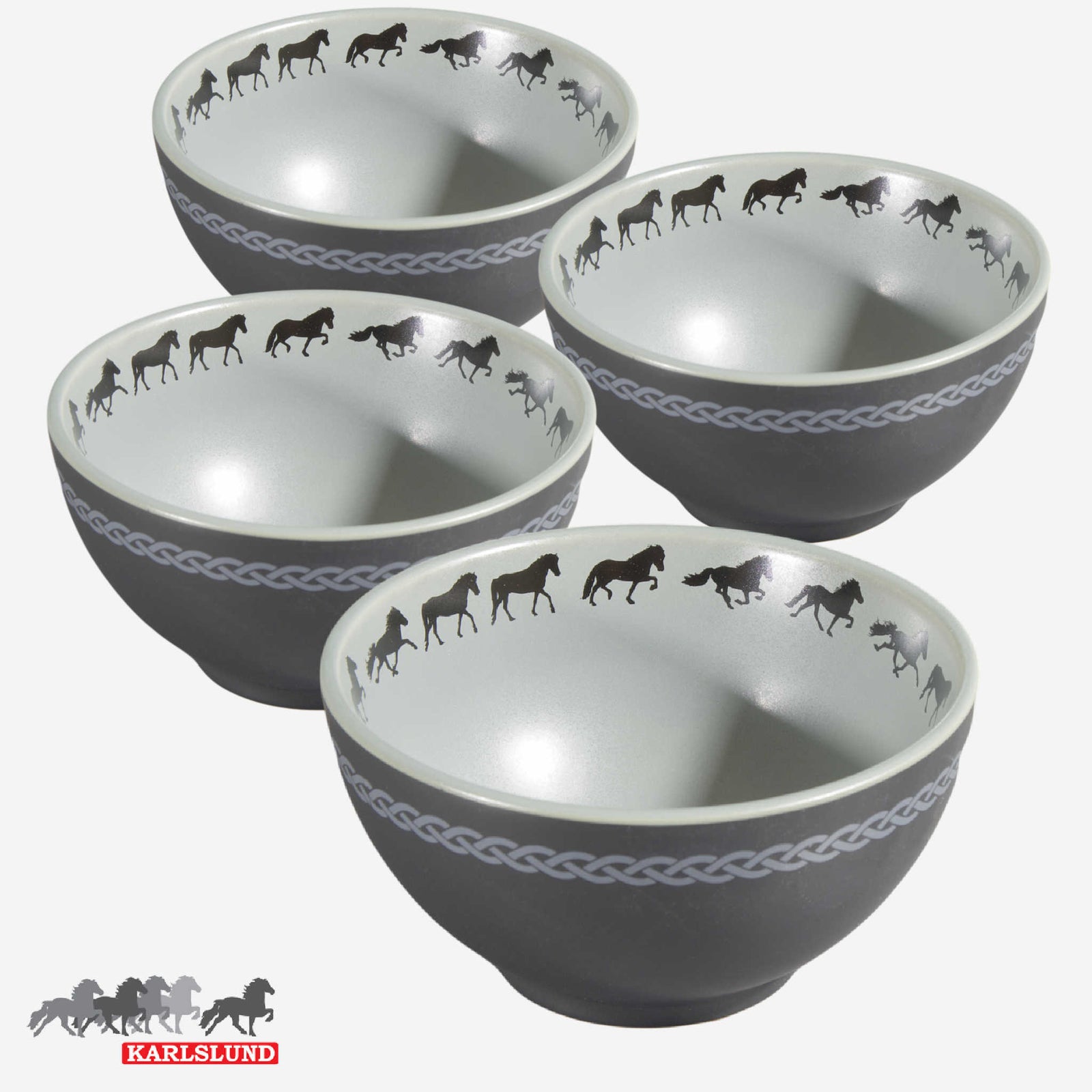

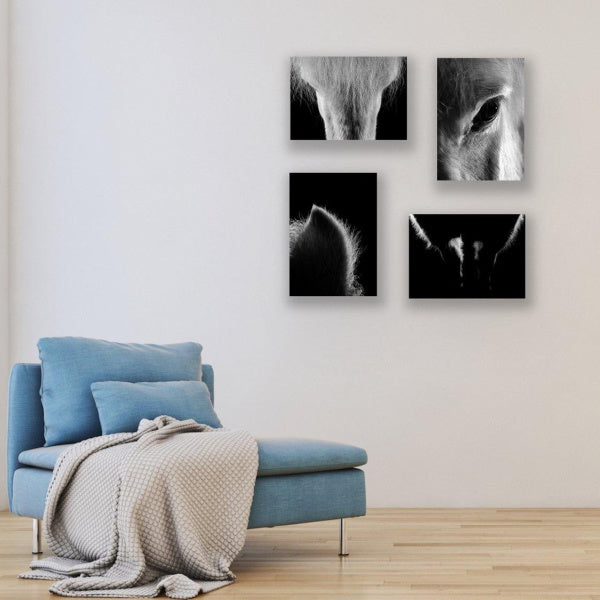
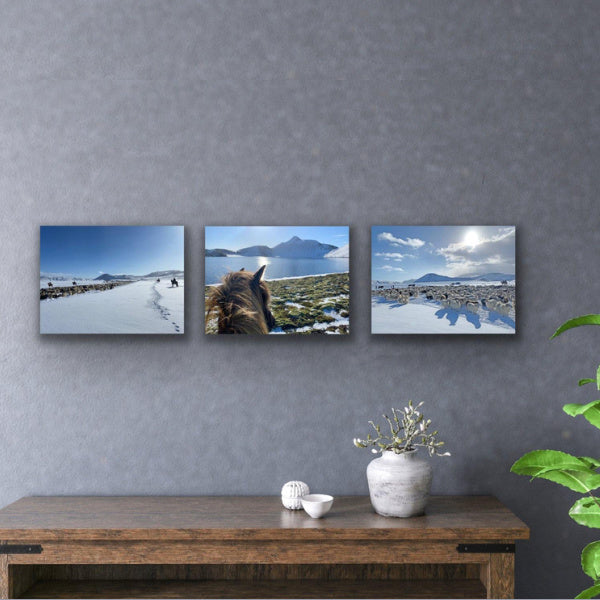
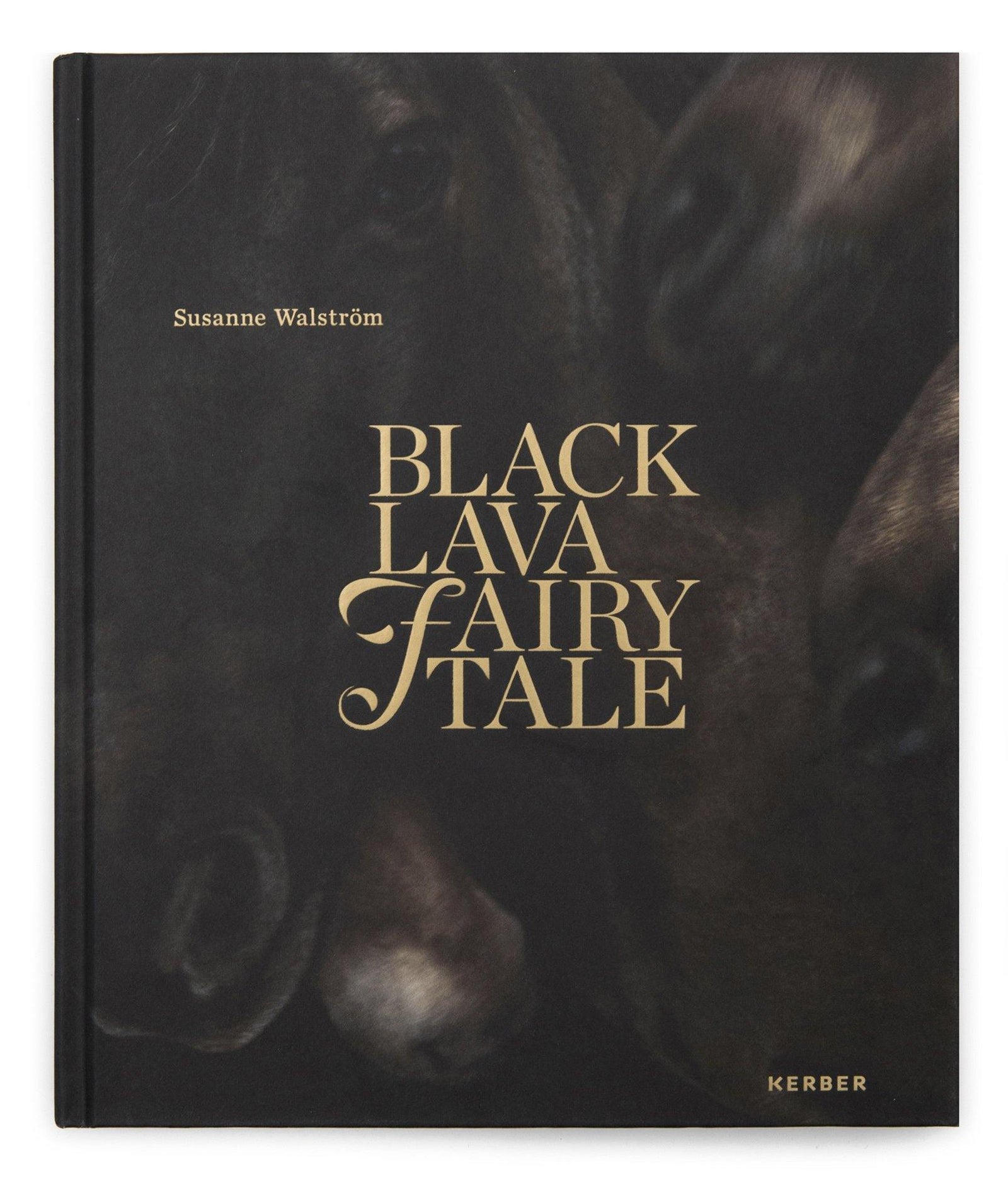
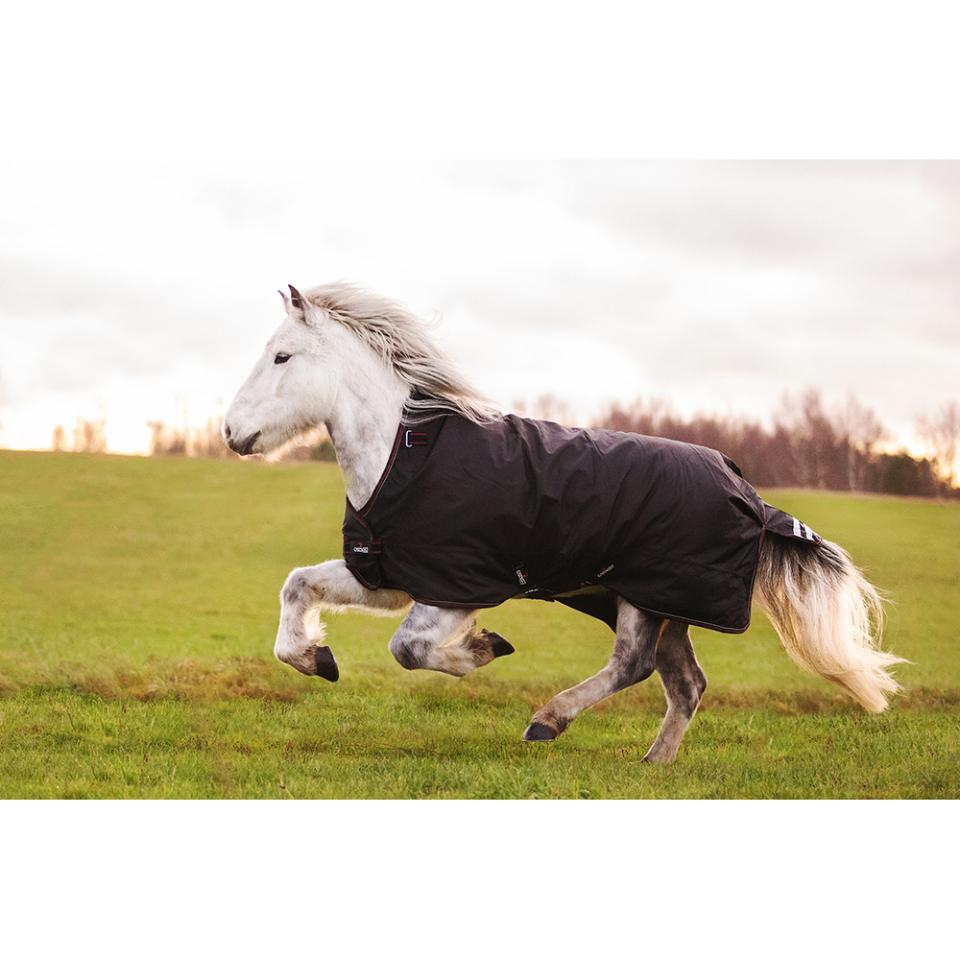
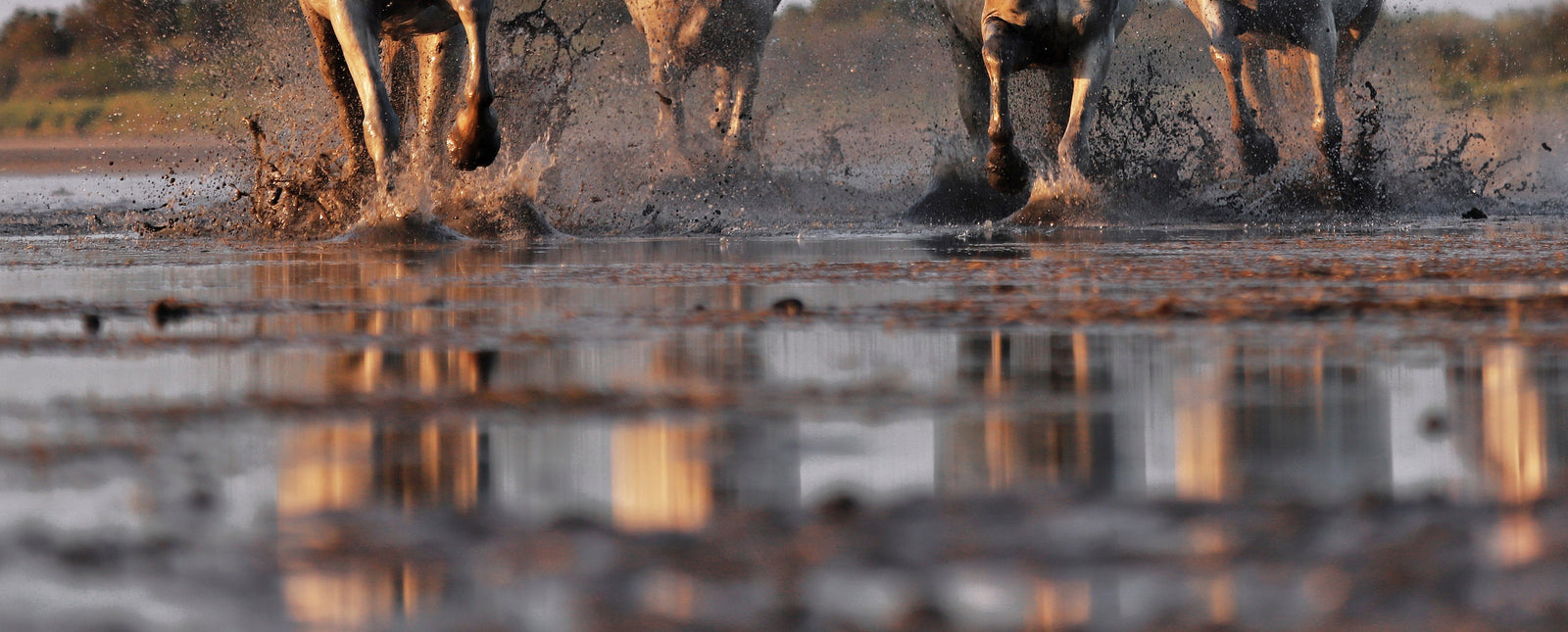
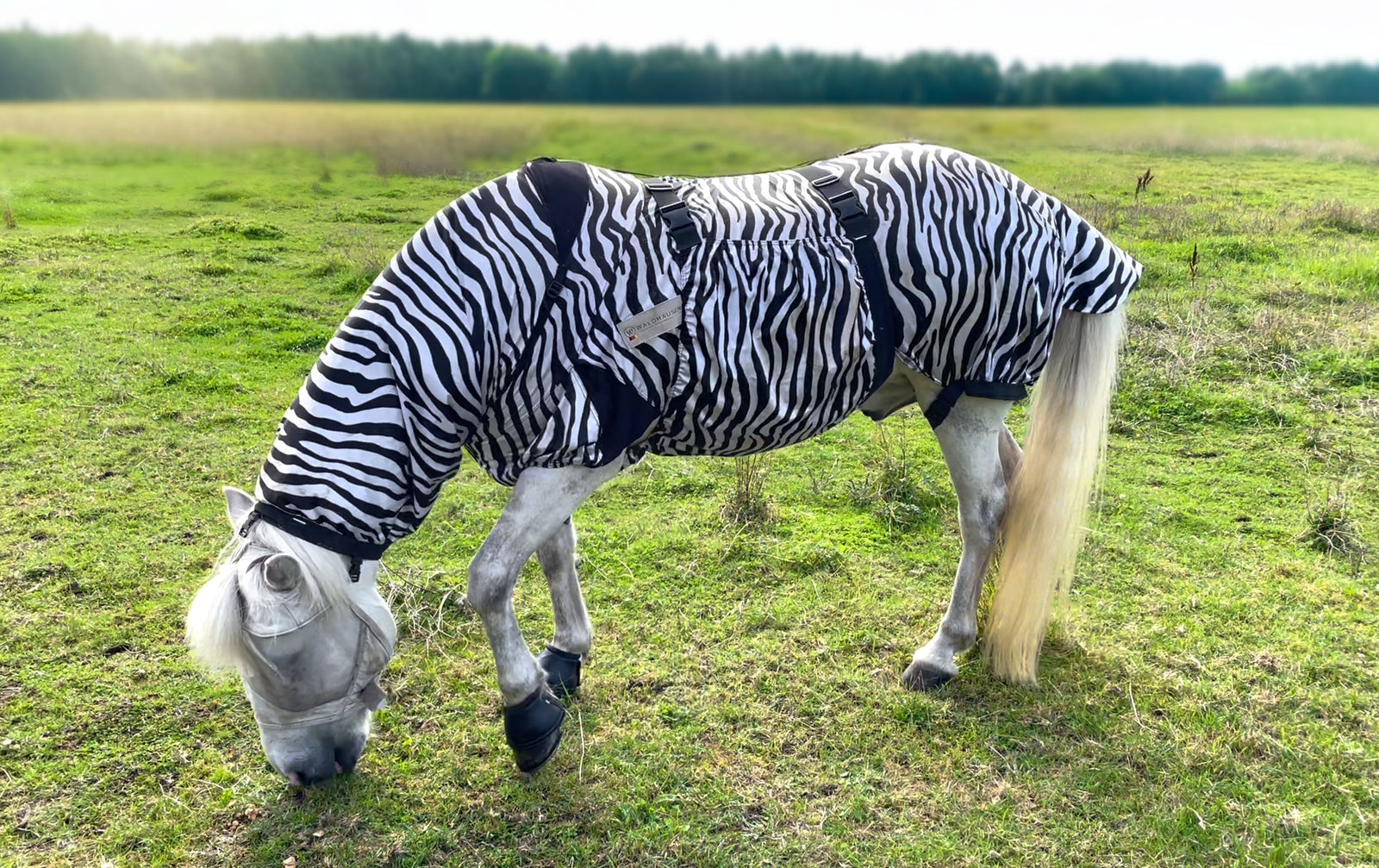
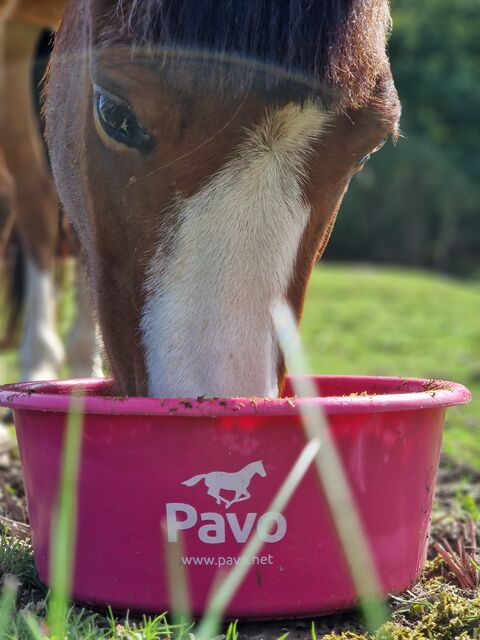
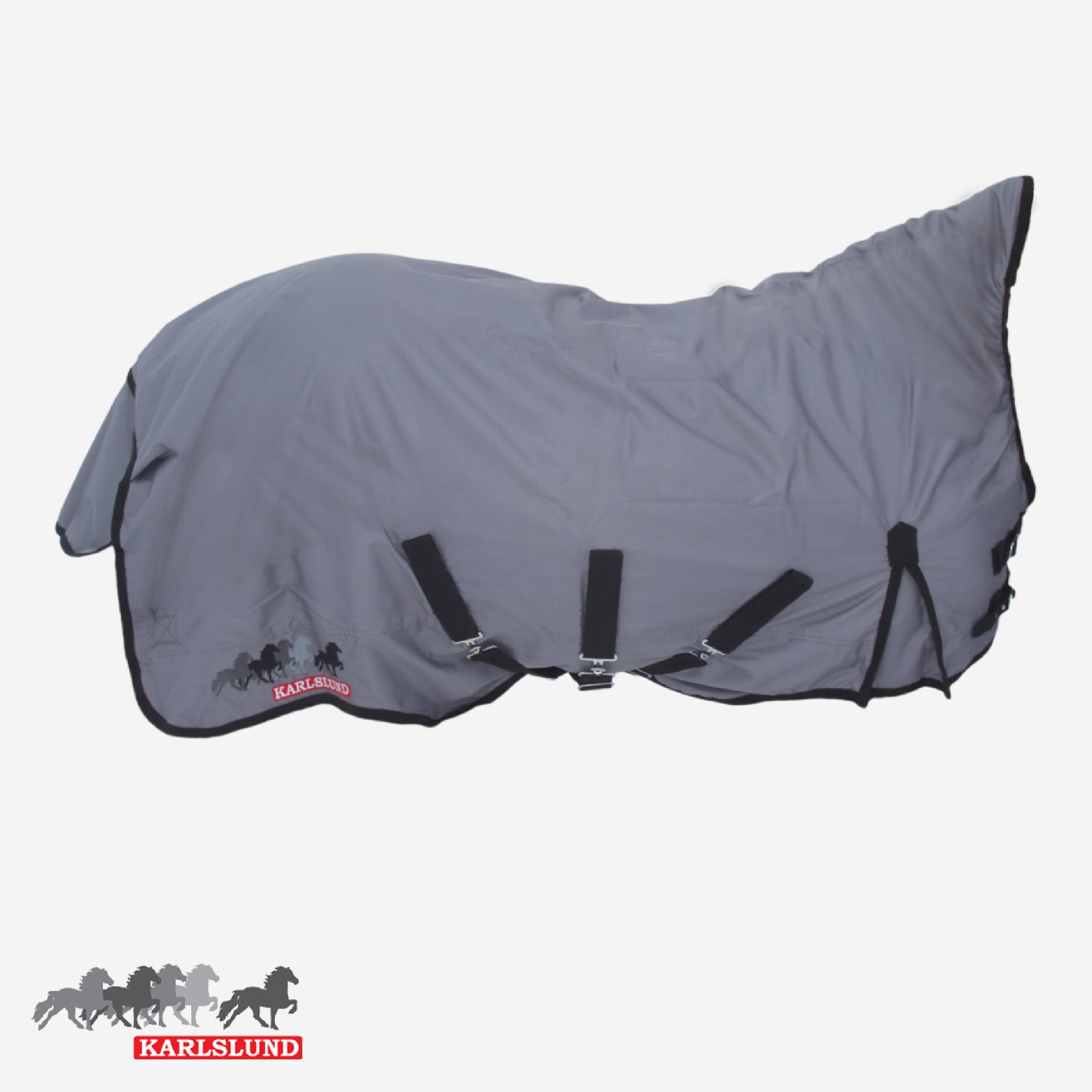







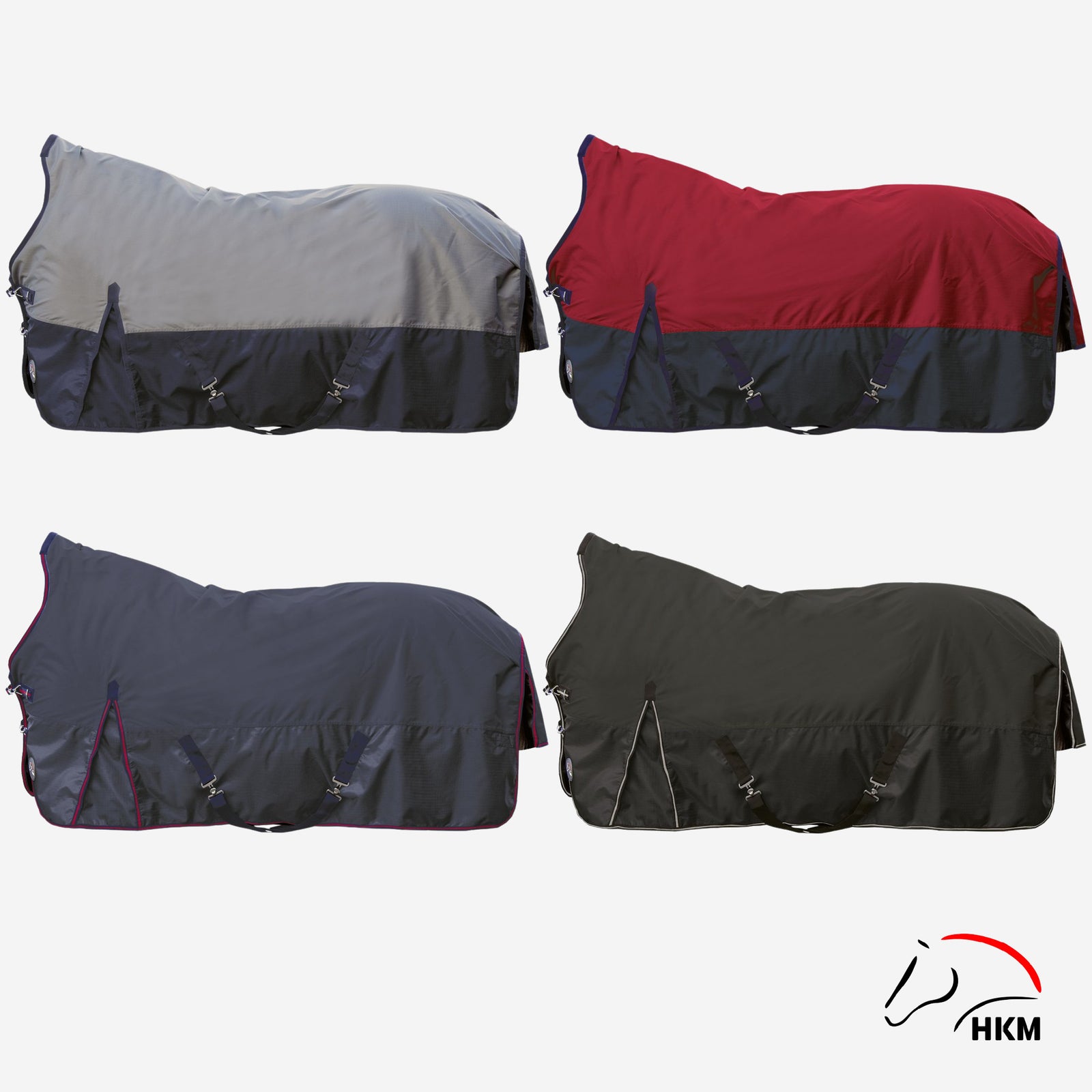
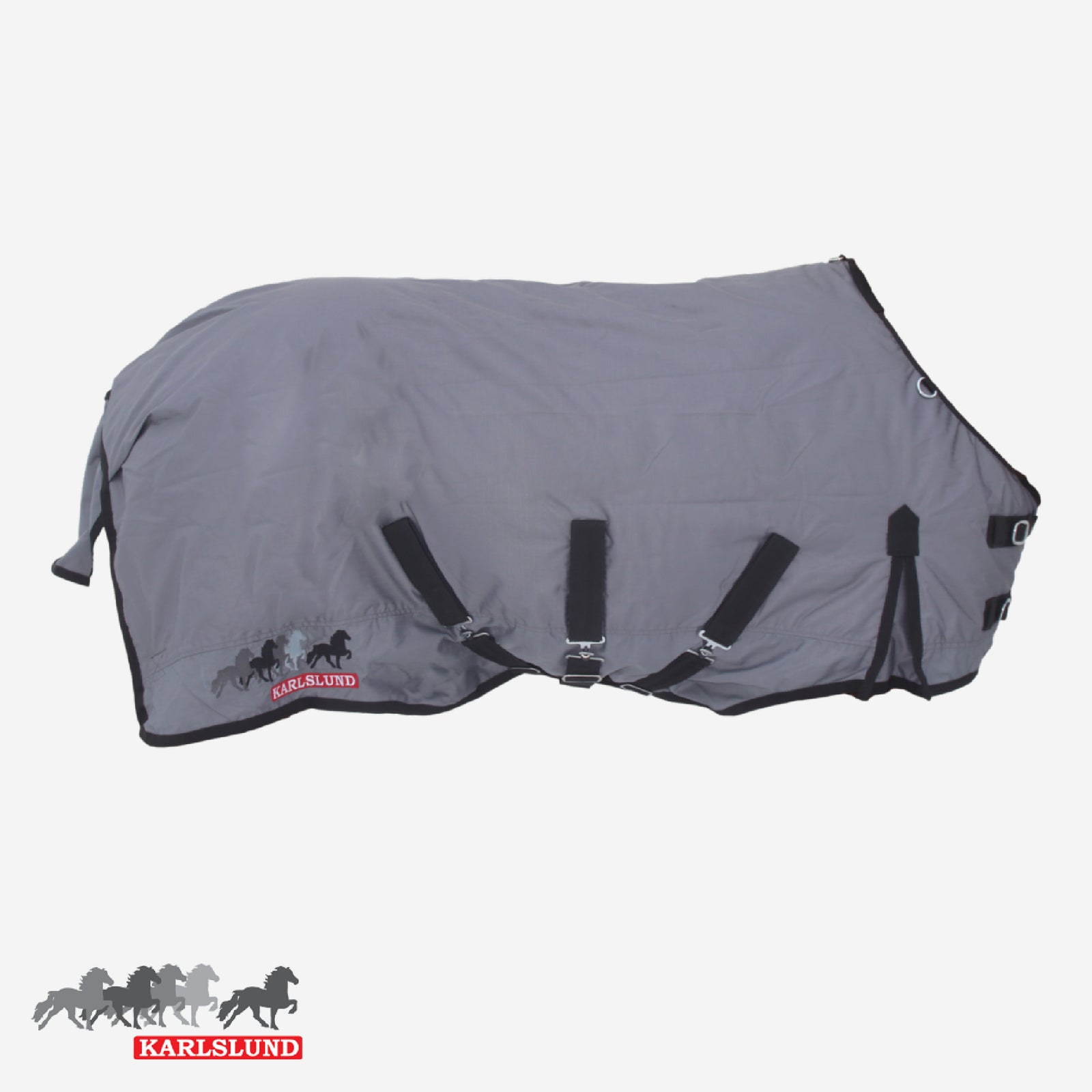
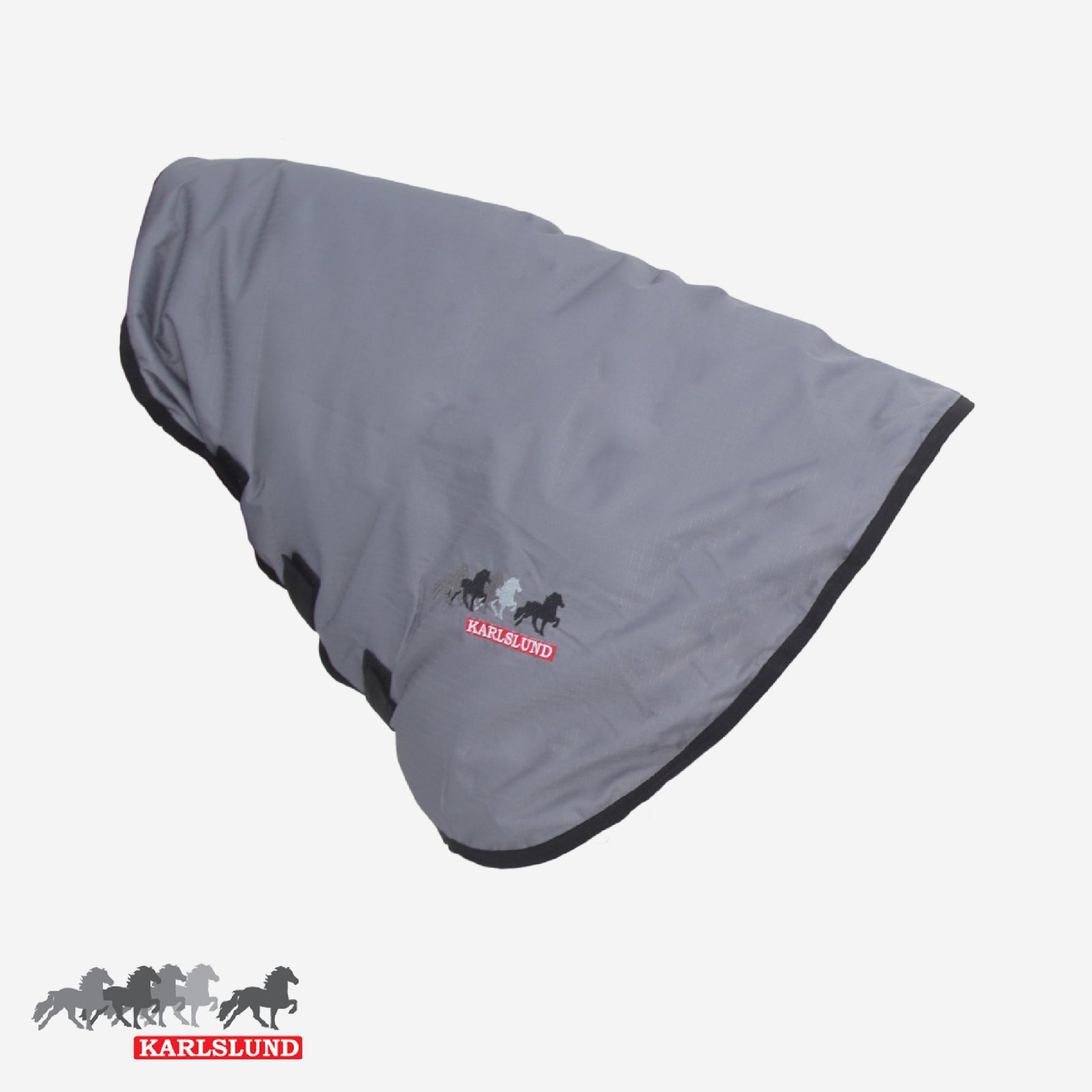



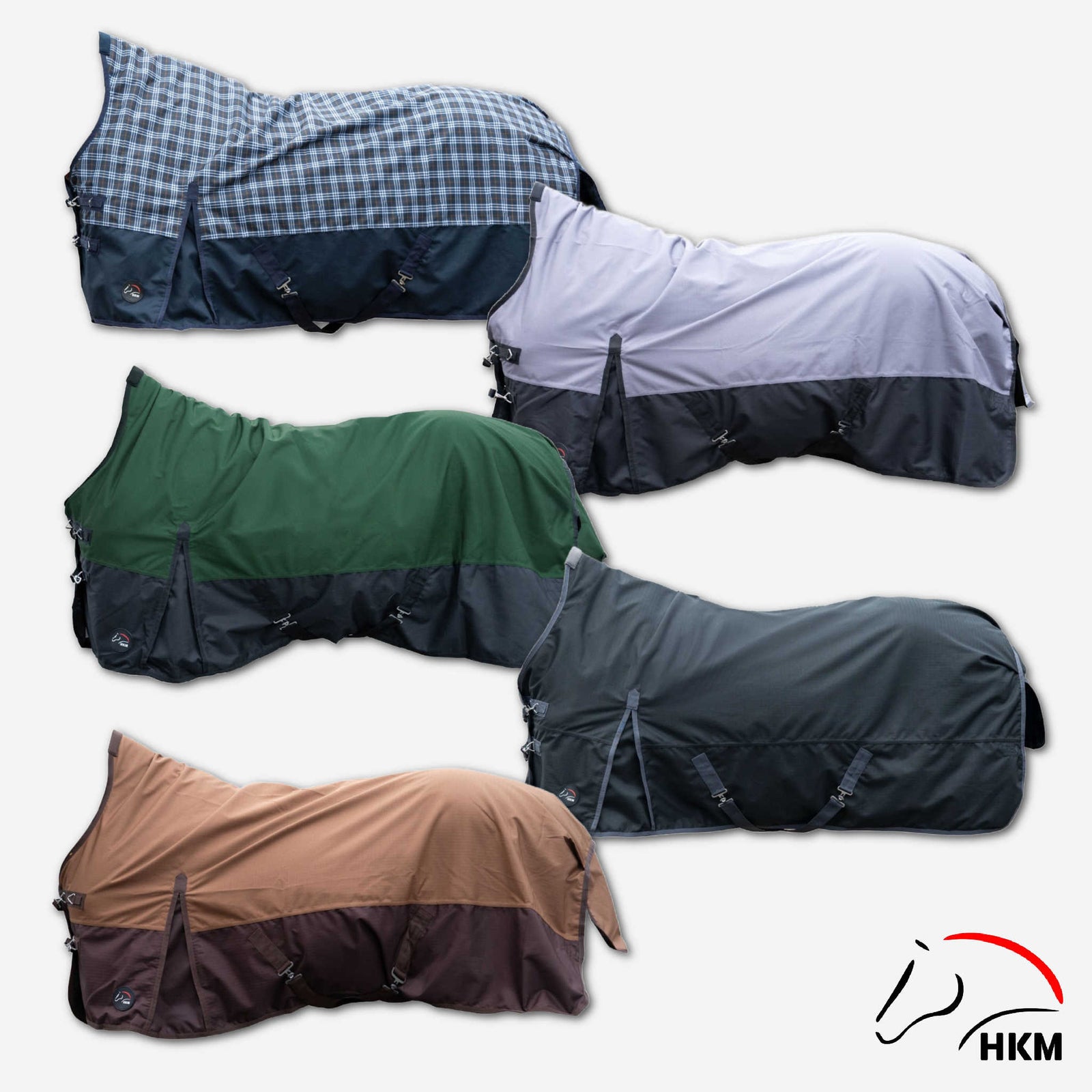



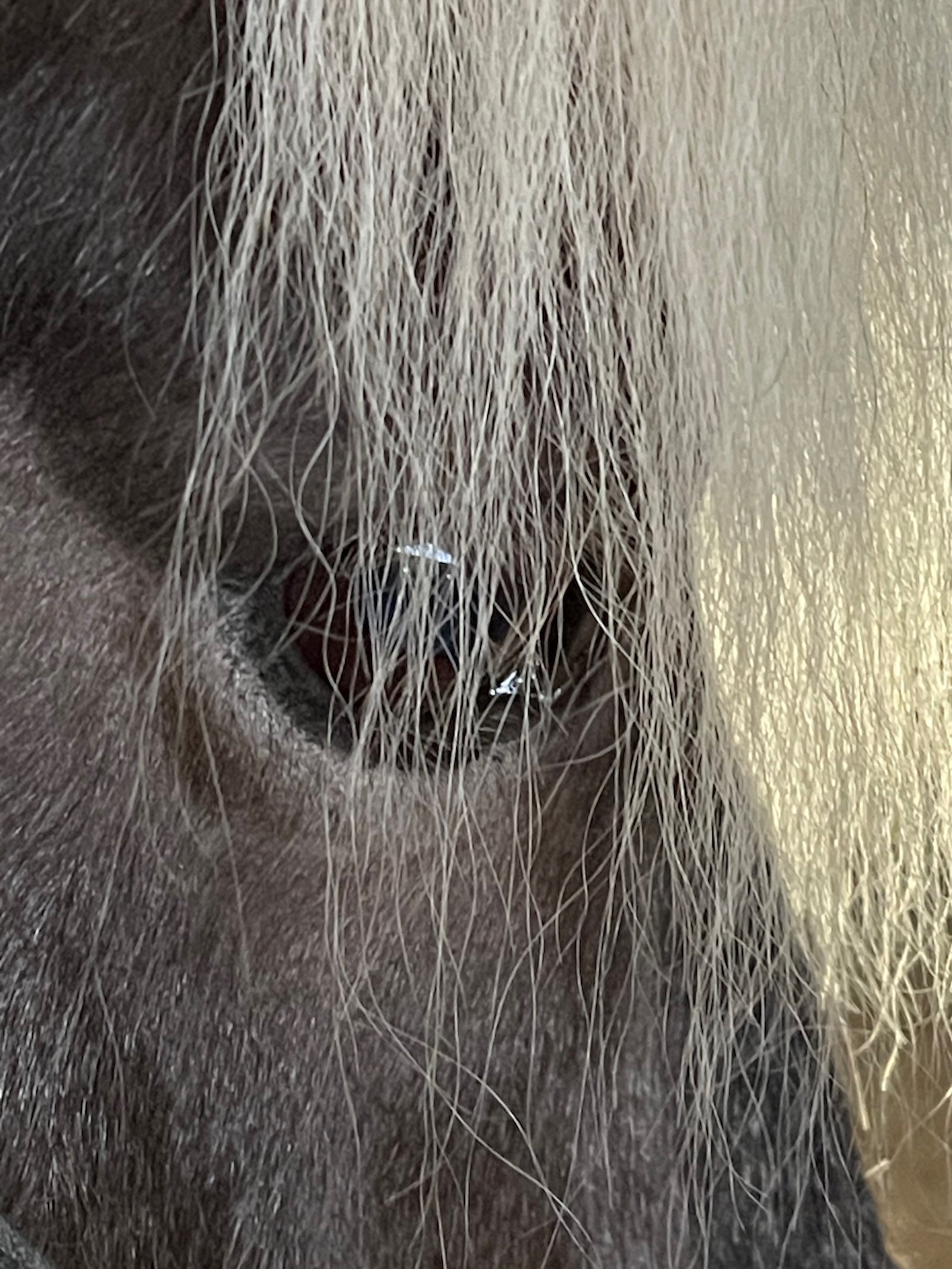
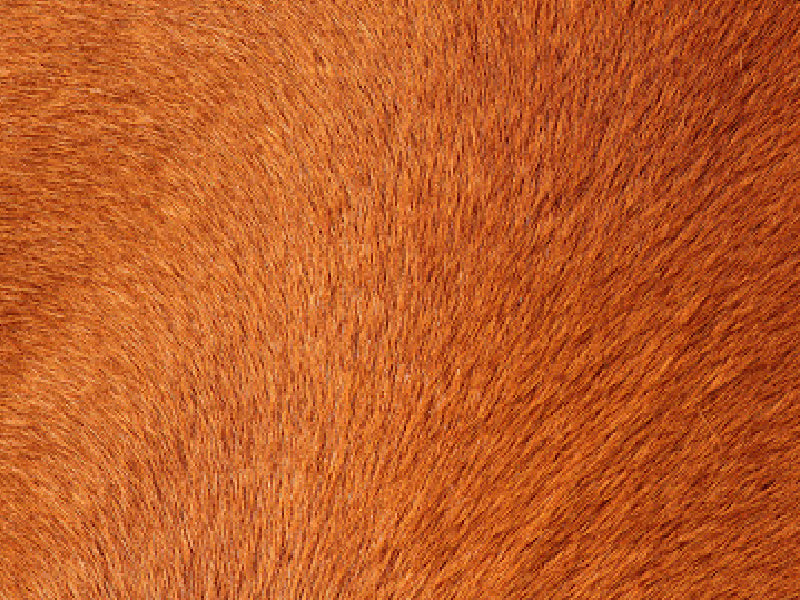


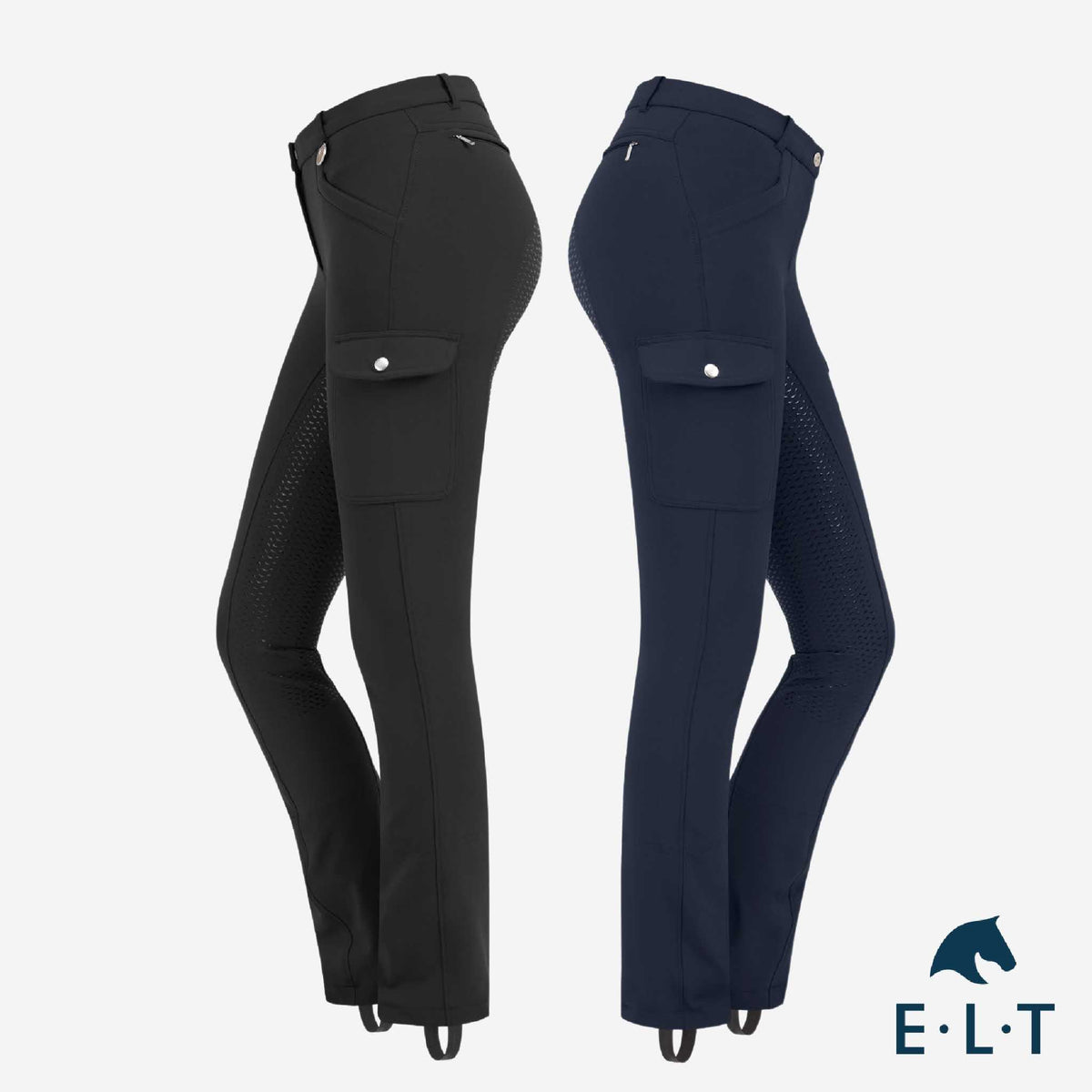
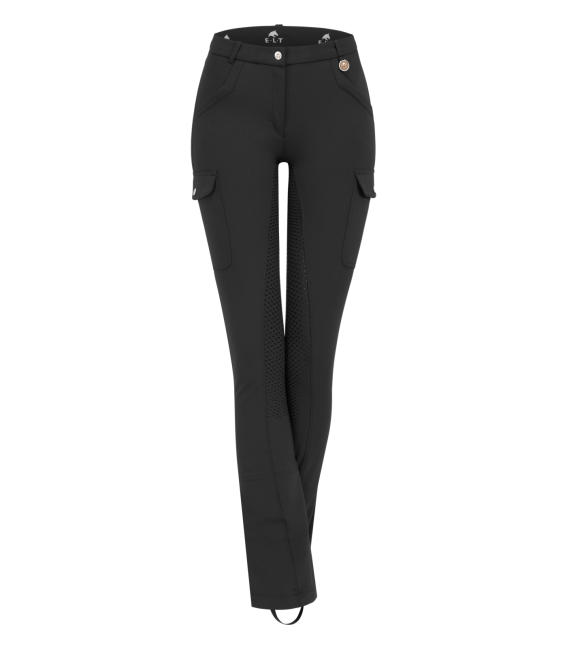
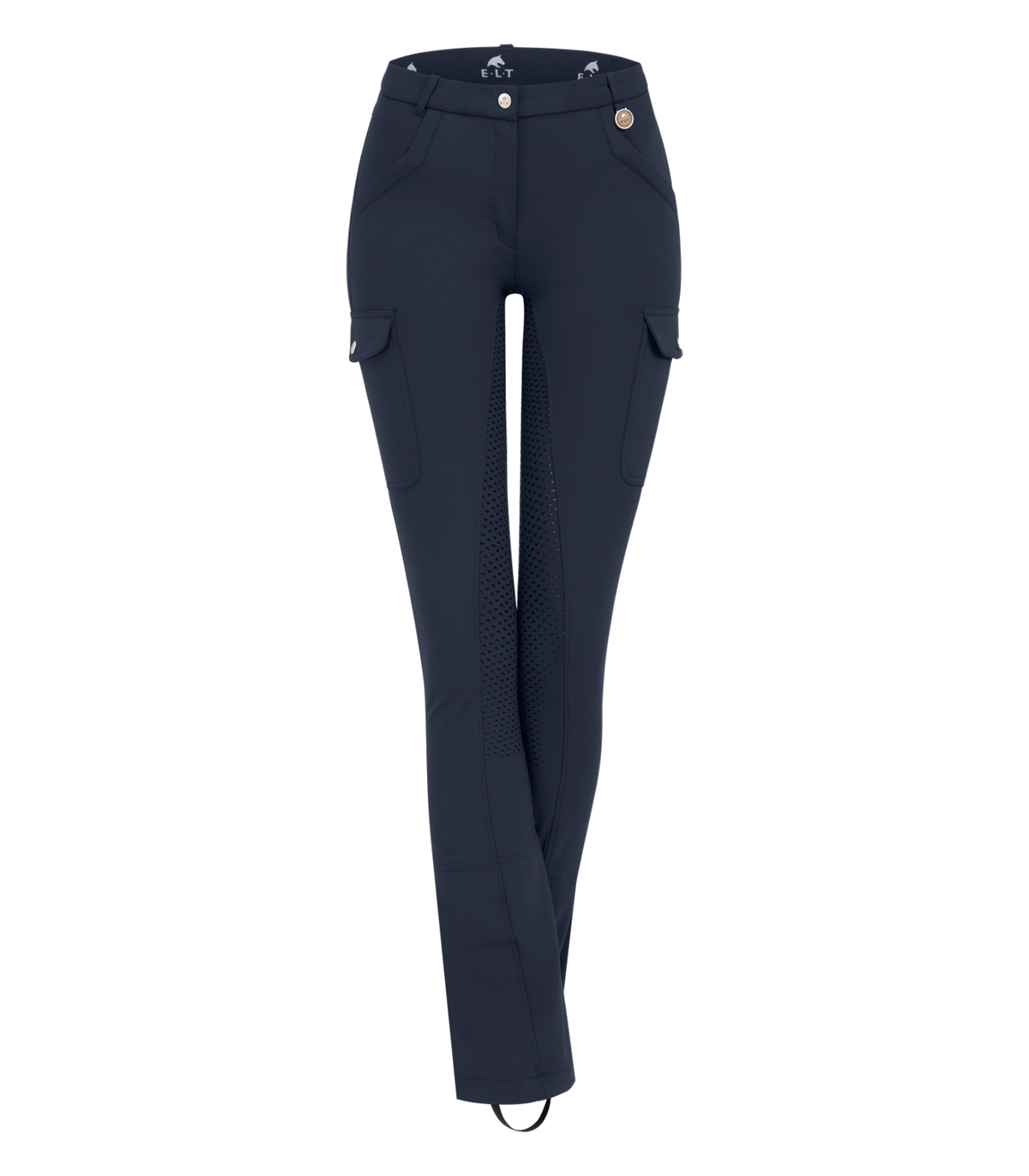
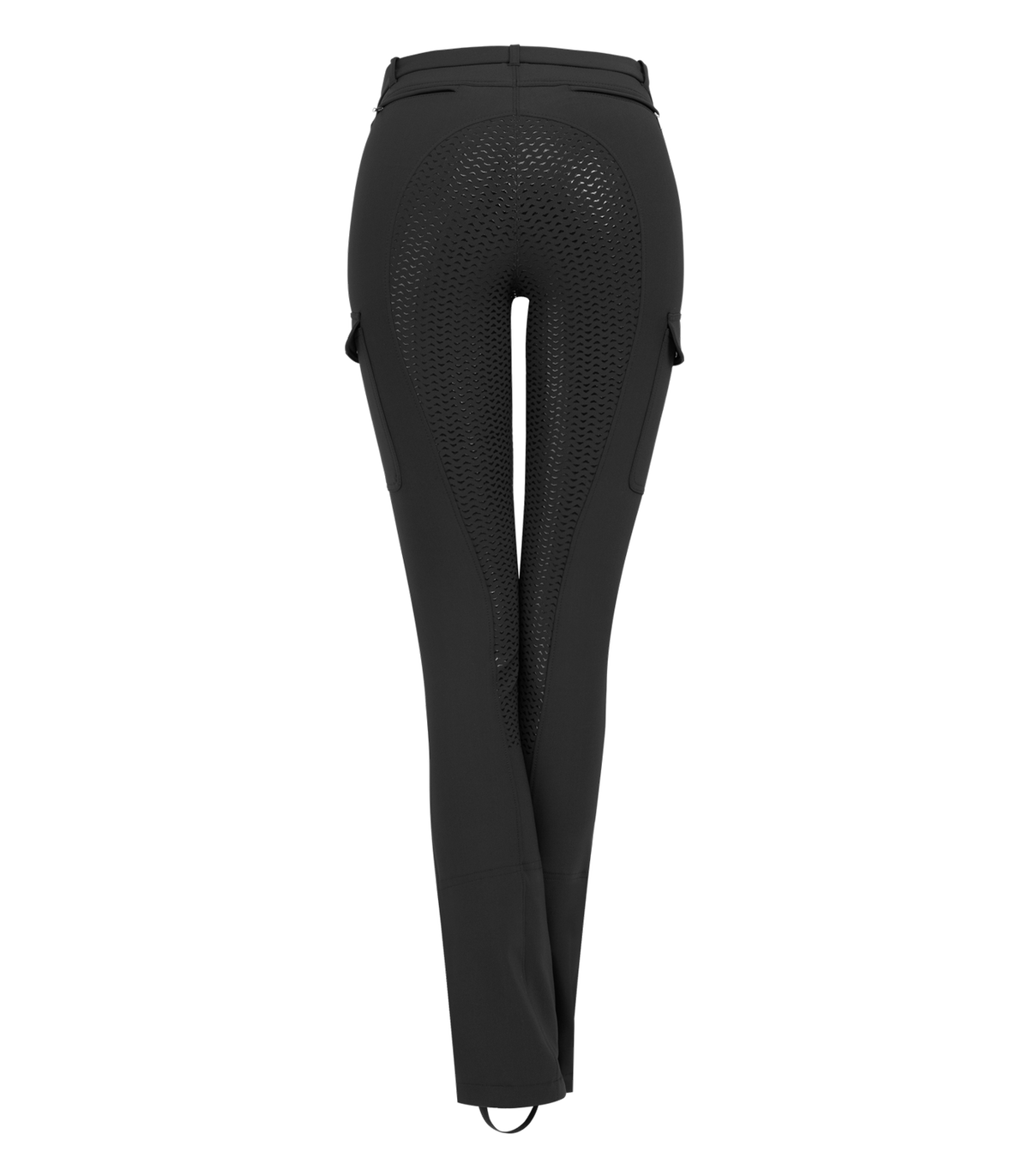
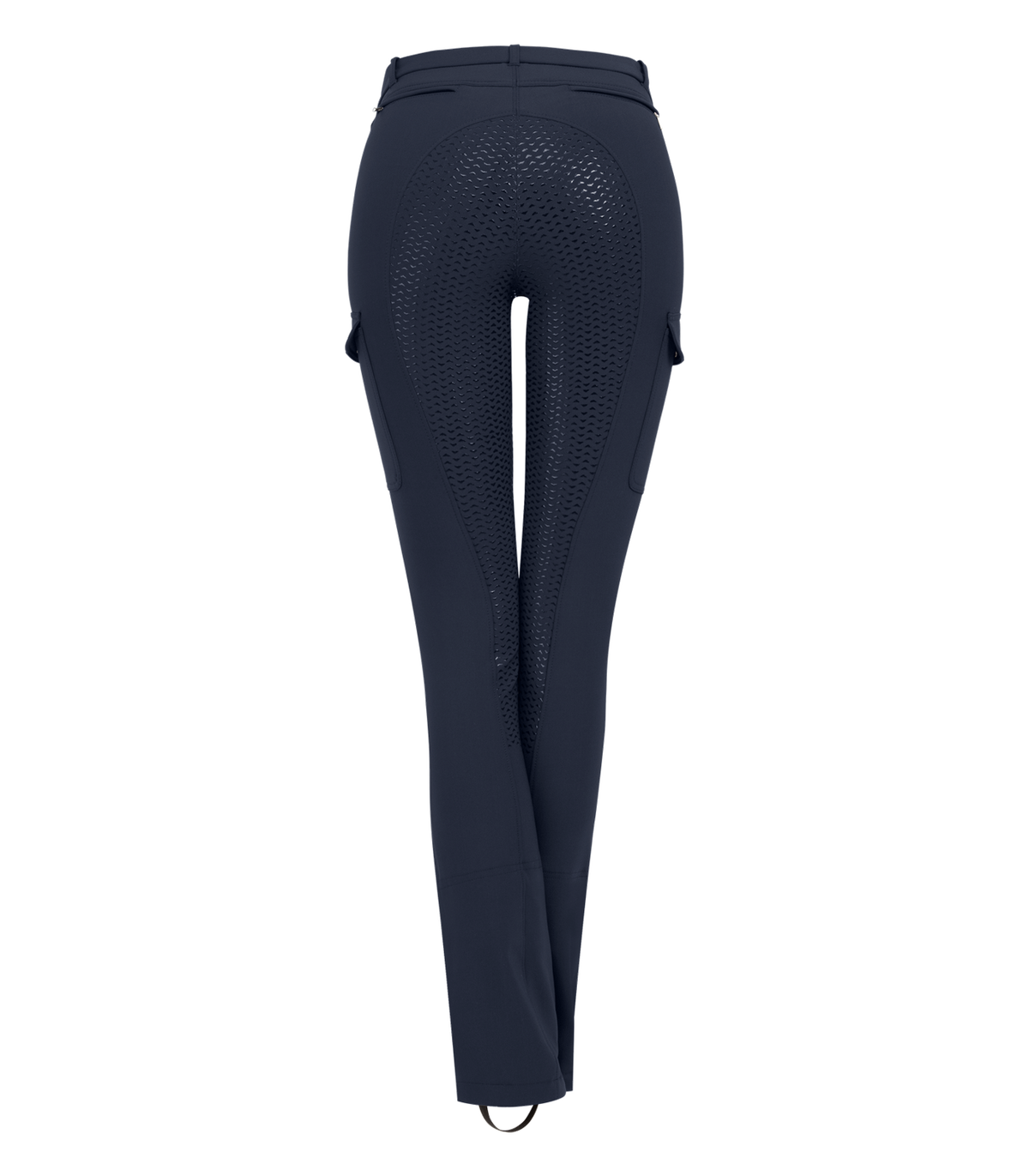
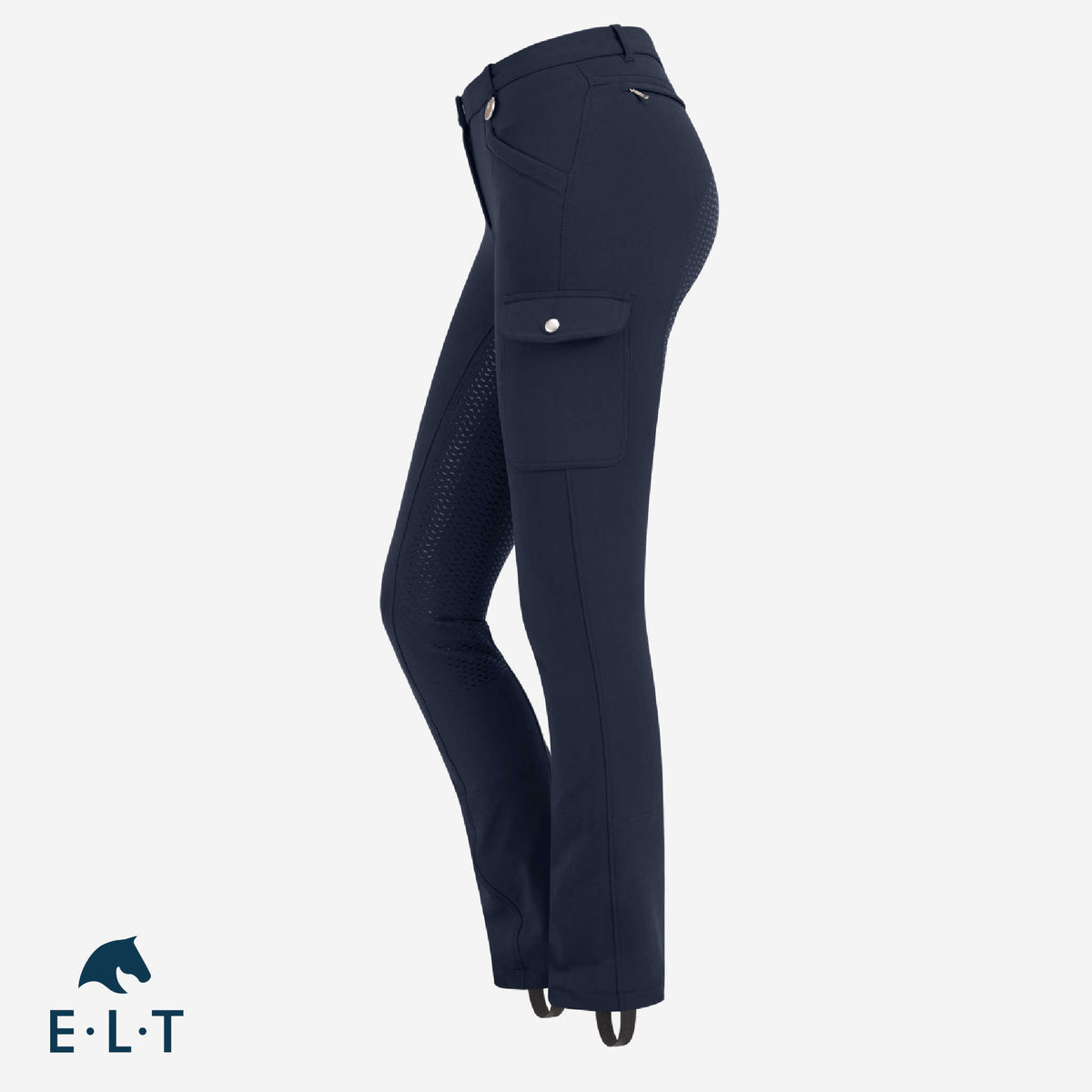

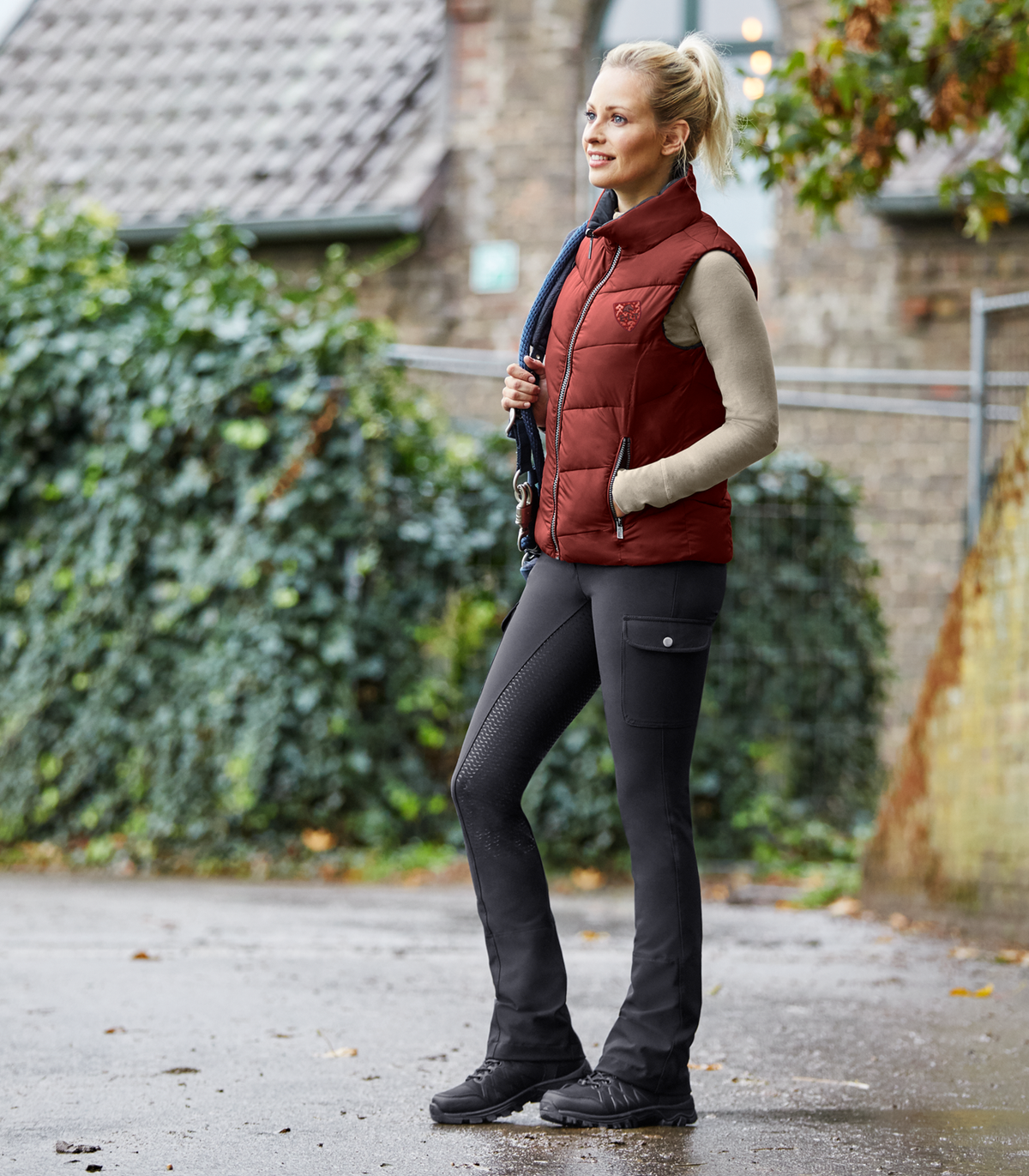




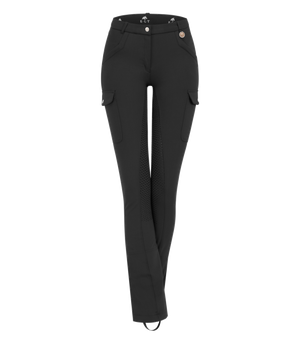
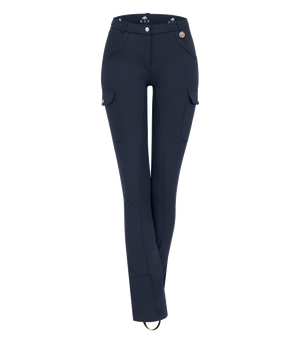

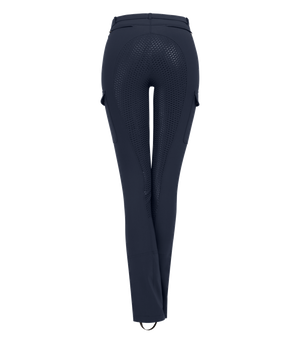
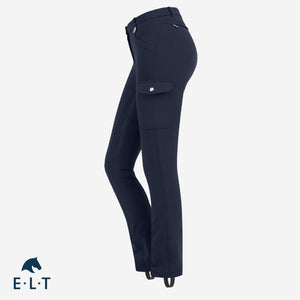

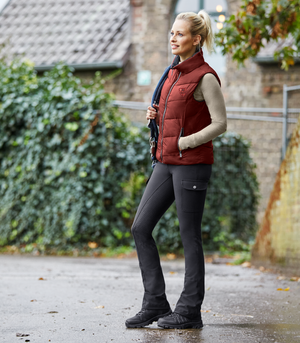

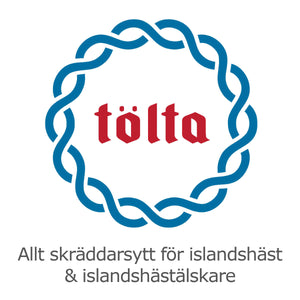


Leave a comment (all fields required)